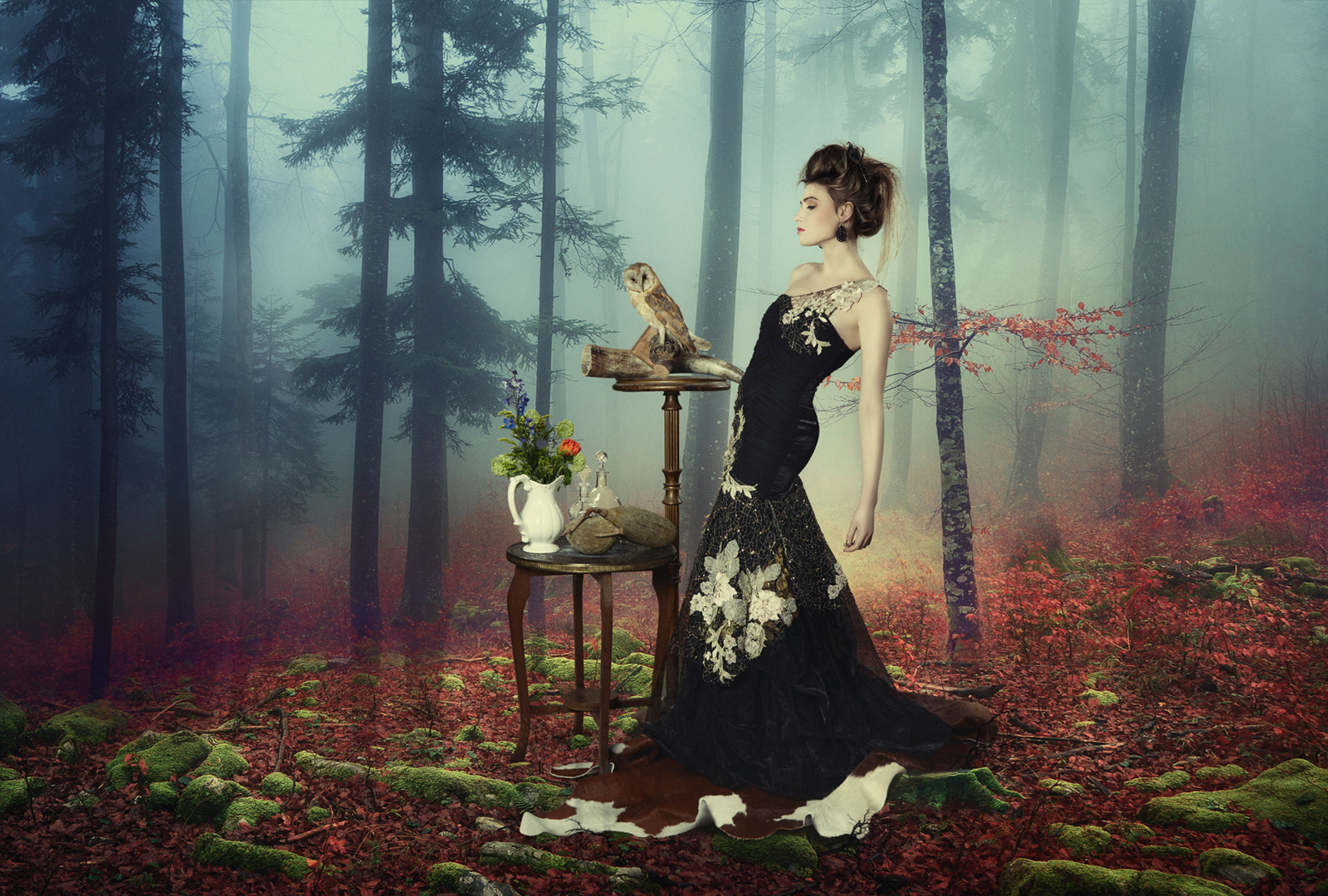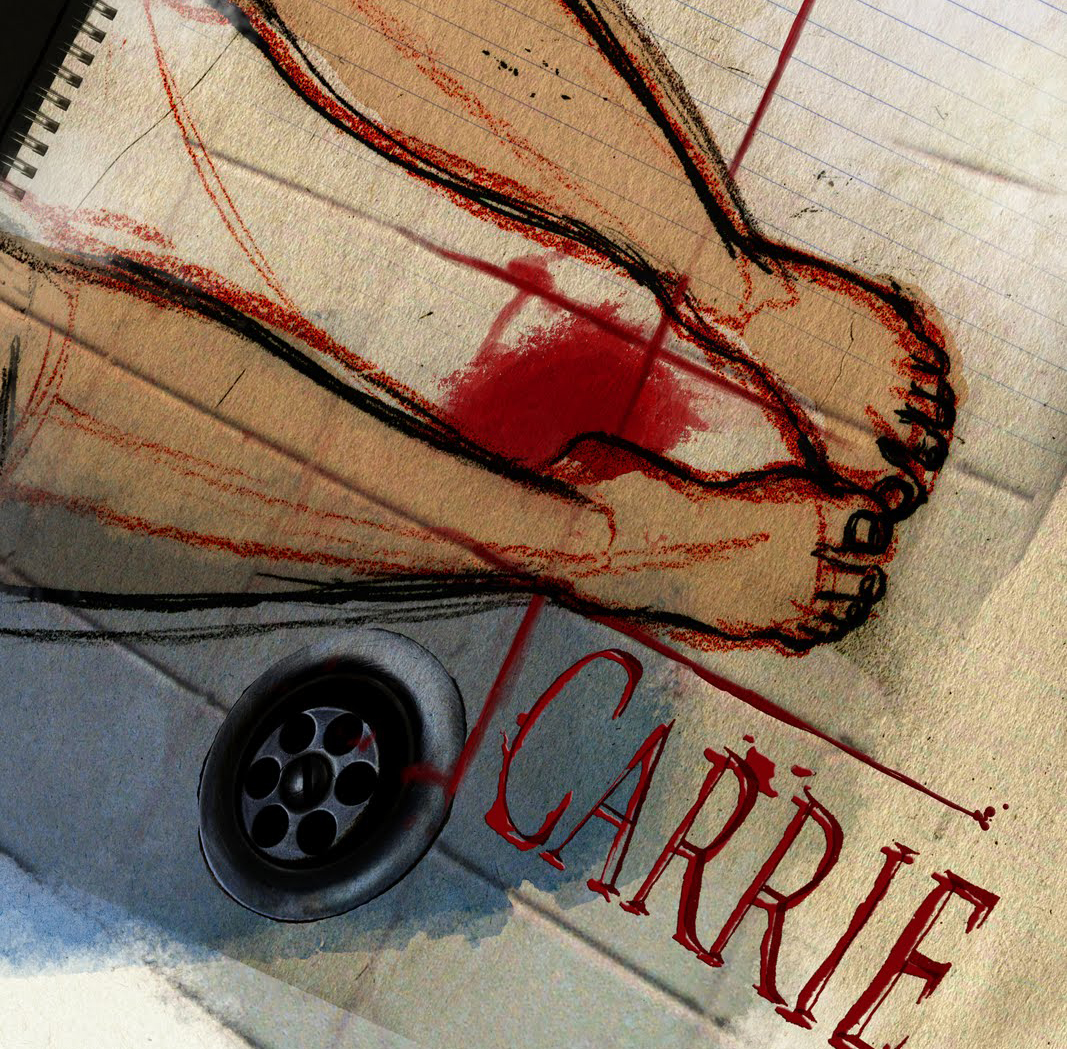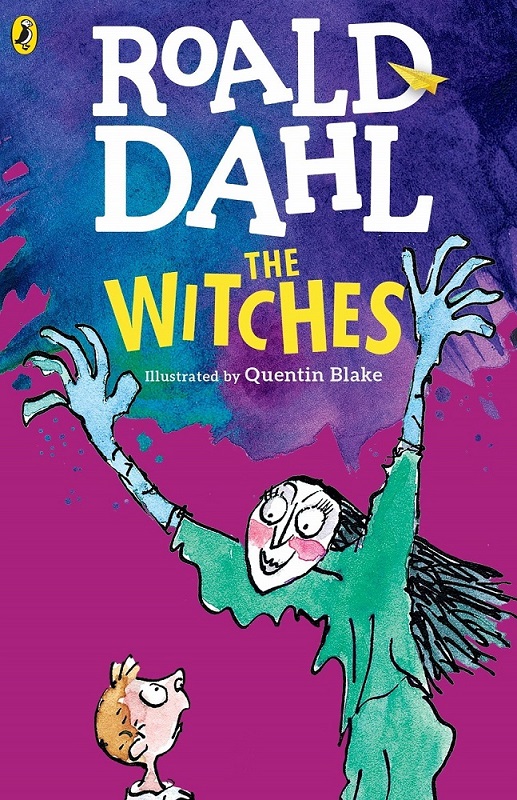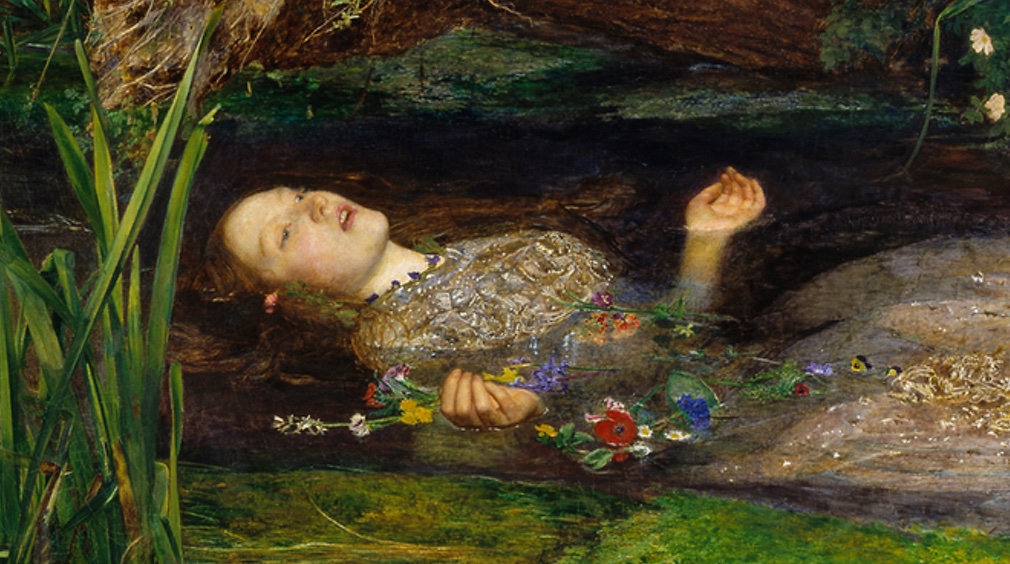The infamous introduction
I do not wish to speak badly about women. Most women are lovely. But the fact remains that all witches are women. There is no such thing as a male witch.
On the other hand, a ghoul is always a male. So indeed is a barghest. Both are dangerous. But neither of them is half as dangerous as a REAL WITCH.1Roald Dahl, The Witches, (London: Jonathan Cape, 1983; reprint Penguin Books: 2016), 9.
I am not, of course, telling you for one second that your teacher actually is a witch. All I am saying is that she might be one. It is most unlikely. But—and here comes the big “but”—it is not impossible.
Oh, if only there were a way of telling for sure whether a woman was a witch or not, then we could round them all up and put them in the meat–grinder. Unhappily, there is no such way. But there are a number of little signals you can look out for, little quirky habits that all witches have in common, and if you know about these, if you remember them always, then you might just possibly manage to escape from being squelched before you are very much older. 2Ibid., 10-11.
At the beginning of The Witches, Dahl reminds us that witches are women which drew the ire of feminists. Fans responded that these witches, as the book makes clear, were non-human monsters in the shape of women. However Dahl continues to remind us throughout the book of the gender of the villains. But…
1. He used a classic female archetype which predates his book by hundreds, if not thousands, of years.
2. He explains that men could be monsters too, like women.
3. The most important character in the book, besides the boy narrator, is a woman, his grandmother.
4. His critics are probably aware of the shameful fact that he openly described himself as “anti-Semite.” But that should not be extended to reach a verdict on his possible misogyny based exclusively on this novel.
In a fascinating development, some feminists recently started praising the book for what they perceived as its pro-woman stance, as shown in the tough, cigar-smoking, character of the grandmother.
The story begins…
A car accident kills the parents of a 7-year-old boy. He goes to live with his Norwegian grandmother whom he loves dearly. She tells him stories about witches and the most evil of them, the Grand High Witch, who’s the leader of all the world’s witches. She also gives him tips on how to spot them in real life:
“[W]itches are not actually women at all. They look like women. They talk like women. And they are able to act like women. But in actual fact, they are totally different animals. They are demons in human shape. That is why they have claws and bald heads and queer noses and peculiar eyes, all of which they have to conceal as best they can from the rest of the world.” 3Ibid., 30.
They both travel to England to stay in a hotel for a vacation. Guess who the boy encounters having their annual meeting there? Yes, all the world’s witches and their feared leader. They all go into a meeting room and after they close the door, they take off their disguise. Hiding inside the same room is the little boy.
There now appeared in front of me row upon row of bald female heads, a sea of naked scalps, every one of them red and itchy-looking from being rubbed by the linings of the wigs. I simply cannot tell you how awful they were, and somehow the whole sight was made more grotesque because underneath those frightful scabby bald heads, the bodies were dressed in fashionable and rather pretty clothes. It was monstrous. It was unnatural.
Oh heavens, I thought. Oh help! Oh Lord have mercy on me! These foul bald-headed females are child-killers every one of them, and here I am imprisoned in the same room and I can’t escape! 4Ibid., 70.
There was something indecent about a bald woman. 5Ibid., 25.
He overhears their plot to add a secret potion into candy which they plan on selling to children to turn them all into mice. To his shock, he gets caught and the witches force him, along with another victim they lured, to be the first to drink the potion. They transform into mice.
The little boy turns the plot against the witches and puts the potion into their food. The witches become mice who get chased and killed by the hotel staff and guests. Still trapped in the body of a mouse, he knows he has only a few years to live but that doesn’t bother him since he doesn’t look forward to outlasting his old, beloved grandmother.
Jokes in the book that might not appeal to all readers
One of the jokes seems to advocate cigar-smoking for little boys!
“Would you like a puff of my cigar?” she said.
“I’m only seven, Grandmamma.”
“I don’t care what age you are,” she said. “You’ll never catch a cold if you smoke cigars.” 6Ibid., 21.
“I shall never have a bath again,” I said.
“Just don’t have one too often,” my grand-mother said. “Once a month is quite enough for a sensible child.”
It was at moments like these that I loved my grandmother more than ever. 7Ibid., 27.
“Children should never have baths,” my grandmother said. “It’s a dangerous habit.” 8Ibid., 129.
You might also like:

Madame Bovary: The scandalous scenes
Why Gustave Flaubert was put on trial for Madame Bovary?
BOOK: MADAME BOVARY

Carrie: The bloody parts
Why Stephen King’s Carrie is controversial? Read here all the controversial passages from the book
BOOK: CARRIE
Endnotes






